In 2019 Meedan supported Tsek.ph, a collaborative fact-checking initiative in the Philippines which saw three journalism schools and 11 media partners join hands to address misinformation in the country’s midterm elections.
Tsek.ph brought together media partners such as Verafiles, Rappler and ABS-CBN News and academic partners such as University of the Philippines and Ateneo de Manila University. This collaboration between fact-checkers, regional media, academicians and researchers was an attempt to pool limited resources and expertise, address misinformation at speed and scale and plug the gap between fact-checking and research at a crucial event such as an election. To bring together a diverse group of entities with different working styles and goals was no easy task. Despite the challenges, Tsek.ph produced over 100 fact-checks and is a reference case-study for other collaborative fact-checking initiatives.
In 2021, Meedan is supporting yet another consortium of fact-checkers. Ekta - a consortium of six fact-checking groups in India has come together to address misinformation around the Legislative Assembly elections at the state level and other issues. As we embarked on this endeavour, we spoke to Yvonne Chua, Associate Professor at University of the Philippines and a leading participant of Tsek.ph, to revisit the lessons learned out of the experience. Here are the key takeaways.
1. Assigning neutral parties to leadership is key to successful collaboration
Media partnerships are rare. It is natural for newsrooms to look for non-competitors as partners. Thus, for successful collaborations among newsrooms and fact-checkers in projects such as election monitoring, it is important to manage rivalry. Tsek.ph chose to assign neutral parties such as academics and universities to take the lead.
2. Build consensus on targets, the degree and duration of collaboration
For groups chasing tight deadlines and following different working and editorial styles, it is very important to set the scope of the collaboration and to have some common guidelines and standards. Tsek.ph agreed on producing one fact-check per partner per week for 12 weeks during the election period and to share content on the common website, but not necessarily to cross check each other’s work. The common ground was the International Fact Checking Network’s guidelines, same rating systems and synchronised promotion on social media.
3. Regular check-ins for coordination and dedicated teams for conflict disputes
To strengthen coordination, Tsek.ph had project and editorial coordinators and conducted regular meetings. The initiative also had a technical committee for running the website and an oversight committee comprising academics to address internal disputes. A dedicated lawyer was also present to address any concerns of copyright, protection of fact-checkers and enforcement of MOU and protocols.
4. Collaboration enhances collective credibility
Though the participating groups held varying reputations and acceptance among different communities, Tsek.ph was able to build a collective credibility. Here is a statement from a reader:
‘I noticed that when I am able to refer to the source as Tsek.ph, the response is quiet acceptance. When the fact-check bears certain organizations’ names that the President (Duterte) has overtly attacked…, the diehard supporters immediately disparage the result of such fact-check. Attaching the Tsek URL [to] the fact-check…done by [a specific partner] seemed to be all that was needed to give credence to the results.’
5. Start early and dedicate one or two team members from each group to the collective
In its post-election assessment, participating newsrooms pointed out drawbacks and scope for improvement. They felt the project started late, it lacked people capacity and election coverage of newsrooms in the social media age was still traditional. They also found that not having dedicated team members from each newsroom affected the degree of involvement of groups and when decision making rested on uninvolved newsroom editors, the practical issues of running the initiative was often ignored. For future collaborations Tsek.ph considered it important to cross-check collective content, have a pool of full-time editors for the initiative and conduct pre-trainings for all participants.
Tsek.ph concluded its effort with a pop-up newsroom on the day of the election. That day saw greater degree and smoother collaboration than what was observed in previous weeks, indicating that focused and unified goals can enhance collaboration and traverse differences.
We collaborated with 53 partner organizations worldwide to design and carry out our 2024 elections projects. We extend special gratitude to our lead partners in Brazil, Mexico and Pakistan, whose work we highlight in this essay.
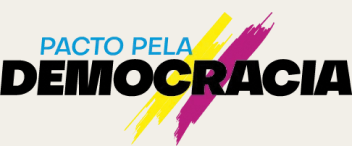
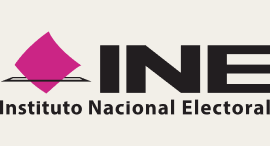
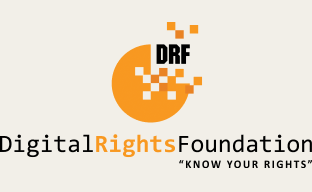
The 2024 elections projects featured in here would not have been possible without the generous support of these funders.
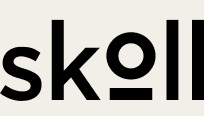


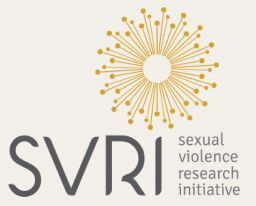
Footnotes
References
Authors
Words by
Sneha Alexander is Program Manager for APAC at Meedan. She is a public policy graduate with work experiences as a data journalist and fact-checker in India. Sneha is a trainer in media literacy and fact-checking and has coordinated work related to the Ekta consortium in India.







